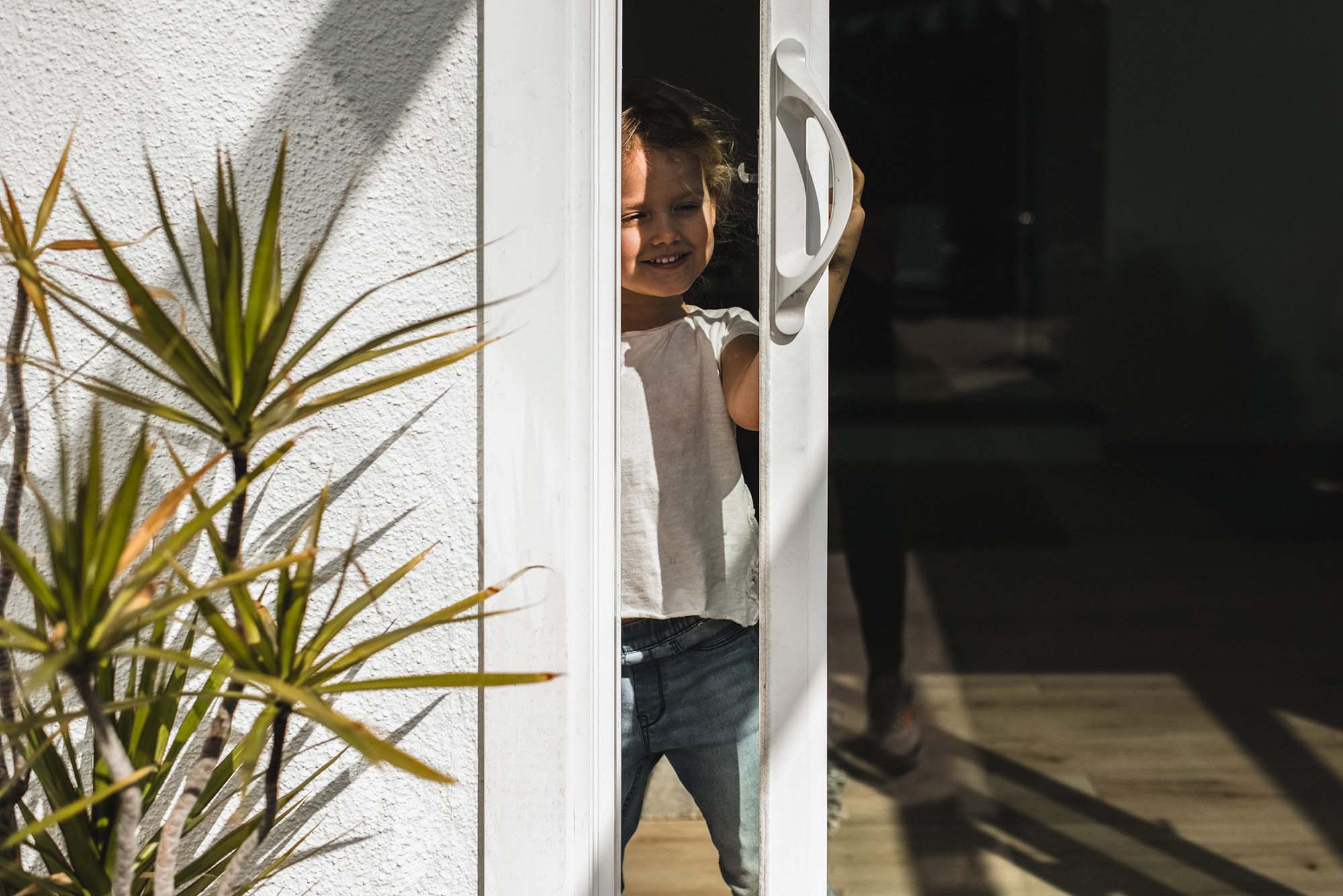Encouraging environmental sustainability
As buildings account for 40% of our energy consumption and 36% of CO2 emissions over their lifecycle, we need to start a new era of more sustainable construction and responsible building management.

Sustaining life
The built environment is a major source of carbon emissions and consumer of natural resources. Our services help developers, property managers and homeowners combat climate change and protect the environment by reducing greenhouse gas emissions and mitigating biodiversity loss.
Services with a positive impact
In all our operations, we seek solutions that reduce either our own or our clients’ carbon footprint, for example by improving the energy efficiency of buildings. A positive climate impact can be measured by a carbon handprint. A carbon handprint expresses the climate benefits of using a product or service, as opposed to a carbon footprint, which describes the negative climate impact of a company’s activities.
Our carbon footprint
A major achievement in 2024 was the publication of our Science Based Targets initiative (SBTi)-approved near-term emission reductions targets, reaffirming our commitment to reducing emissions in line with global climate objectives.
Sustera is a service provider, so our carbon footprint consists mainly of energy consumption in our offices and travel. In 2024, our carbon footprint was 6,585 tCO2e, 12,3% less than in 2023. A total of 76% of our emissions originate from operations in Finland. Sweden’s significantly lower footprint is due to lower emissions from electricity generation.
Our carbon handprint
In 2024, the carbon handprint of our services amounted to approximately 66,474 tCO2. The identified potential savings for our customers totaled 22,451 tCO2.
Through our Geolo solution, we supplied our customers with a total of 3,905 tCO2e of renewable energy in 2024, and energy renovations reduced our customers’ emissions by up to 5,029 tCO2e.
In 2024, our positive carbon handprint was more than 10 times larger than our carbon footprint.
EU taxonomy
The EU taxonomy is a classification system that lists the most emitting economic activities and defines criteria for their sustainability measures.
We have successfully enhanced our alignment with the EU taxonomy in recent years. In 2024, 100% of our eligible turnover aligns with the taxonomy, which means that our services included in the EU Taxonomy are performed to a best-in-class standard. In 2023, 93% of our eligible turnover was aligned with EU taxonomy, compared to 0% in 2022. This achievement indicates that we reached the target of 100% alignment of our eligible turnover a year ahead of schedule.
During 2024, we continued taking actions to meet social minimum criteria as well as developed climate risk assessments for our services. We refined our reporting, particularly regarding the Geolo business, and calculated the system’s lifecycle emissions. We intend to continue our work to improve EU taxonomy compliance in the coming years.
Most of our services are consultancy-based and are not directly included in the EU taxonomy. This is why our EU taxonomy eligibility is relatively low. In 2024, only 11% of our total turnover was eligible for EU taxonomy classification.
Environmental sustainability in numbers
- 3,905 tCO2e – Renewable energy produced with Geolo
- 66,474 tCO2e – The carbon handprint of our services
- 6,585 tCO2e – The carbon footprint of our operations
- 11 % – Turnover eligible for EU taxonomy
- 100 % – Of our eligible turnover is taxonomy-aligned
Related articles

Sustera’s New Climate Roadmap: Guiding Our Environmental Efforts for the Next Five Years

Impact as a Driving Force at Our Majority Owner Trill Impact’s Annual Investor Meeting
